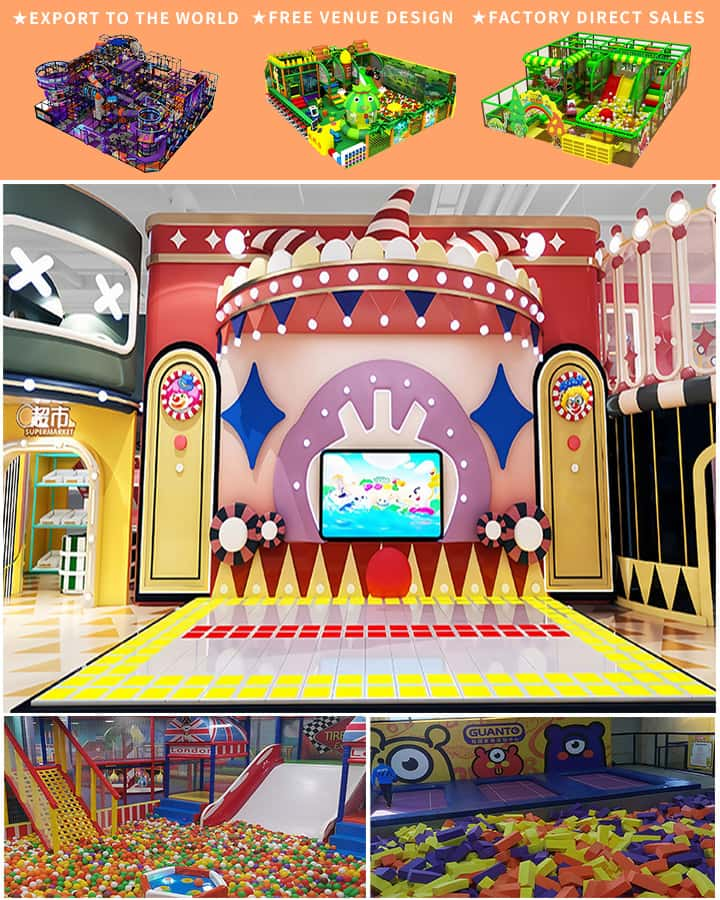Setting up an indoor playground can be an exciting venture, but it comes with various costs and considerations. Whether you’re planning to open a commercial play facility or creating a recreational space for your children at home, understanding the factors that influence indoor playground costs is crucial. This article delves into these factors, offering insights to help you budget effectively.
Location and Space Requirements
1. Geographic Location: One of the primary determinants of indoor playground costs is the geographic location. Urban areas with higher living costs will naturally have higher rent or property prices compared to suburban or rural locations. Additionally, local regulations and zoning laws can impact construction and operational costs.
2. Facility Size and Design: The size of the indoor playground significantly affects overall expenses. Larger spaces require more materials, labor, and possibly additional safety features. Custom designs or specialized themes can also increase costs, as they might require unique materials or creative expertise.
Equipment and Features
1. Types of Equipment: The cost of playground equipment varies widely depending on the type and quality. Basic structures like climbing walls, slides, and ball pits are generally affordable, while interactive installations like arcade games, trampolines, or virtual reality setups can be considerably more expensive.

2. Safety Features: Ensuring a safe environment is paramount in any indoor playground. Investing in high-quality padding, soft flooring, and sturdy railings can prevent injuries but adds to the overall cost. Regular maintenance and safety inspections are also ongoing expenses to consider.
Licensing and Permits
1. Business Licenses: If you’re opening a commercial indoor playground, obtaining the necessary business licenses and permits is essential. The cost for these can vary based on local government fees and regulatory requirements. These licenses ensure your facility meets health, safety, and operational standards.
2. Insurance: Comprehensive insurance coverage protects against liabilities and unforeseen accidents. Premiums will depend on factors such as the size of the facility, types of equipment, and your specific location.
Operational Costs
1. Staffing: Hiring trained staff to supervise children, maintain equipment, and manage daily operations is a significant ongoing expense. Wages, benefits, and training programs contribute to the monthly budget.
2. Utilities and Maintenance: Keeping the indoor playground clean, functional, and comfortable requires regular utilities payments, including electricity, heating, cooling, and water. Routine maintenance of equipment and facilities ensures longevity but adds to the operational costs.
Marketing and Miscellaneous Costs
1. Promotional Activities: Attracting visitors to your indoor playground involves marketing efforts, from social media advertising to hosting events or parties. Allocating a budget for promotional activities can help in building a customer base.
2. Contingency Fund: It’s wise to set aside a contingency fund for unexpected expenses, which may include repairs, upgrades, or addressing unforeseen challenges.
Conclusion
Planning an indoor playground involves navigating various costs, from initial investments to ongoing operational expenses. Carefully considering these factors helps in creating a realistic budget and ensuring the financial viability of your project. By understanding the elements that influence indoor playground costs, you can make informed decisions and create a fun, safe, and profitable recreational space for children




